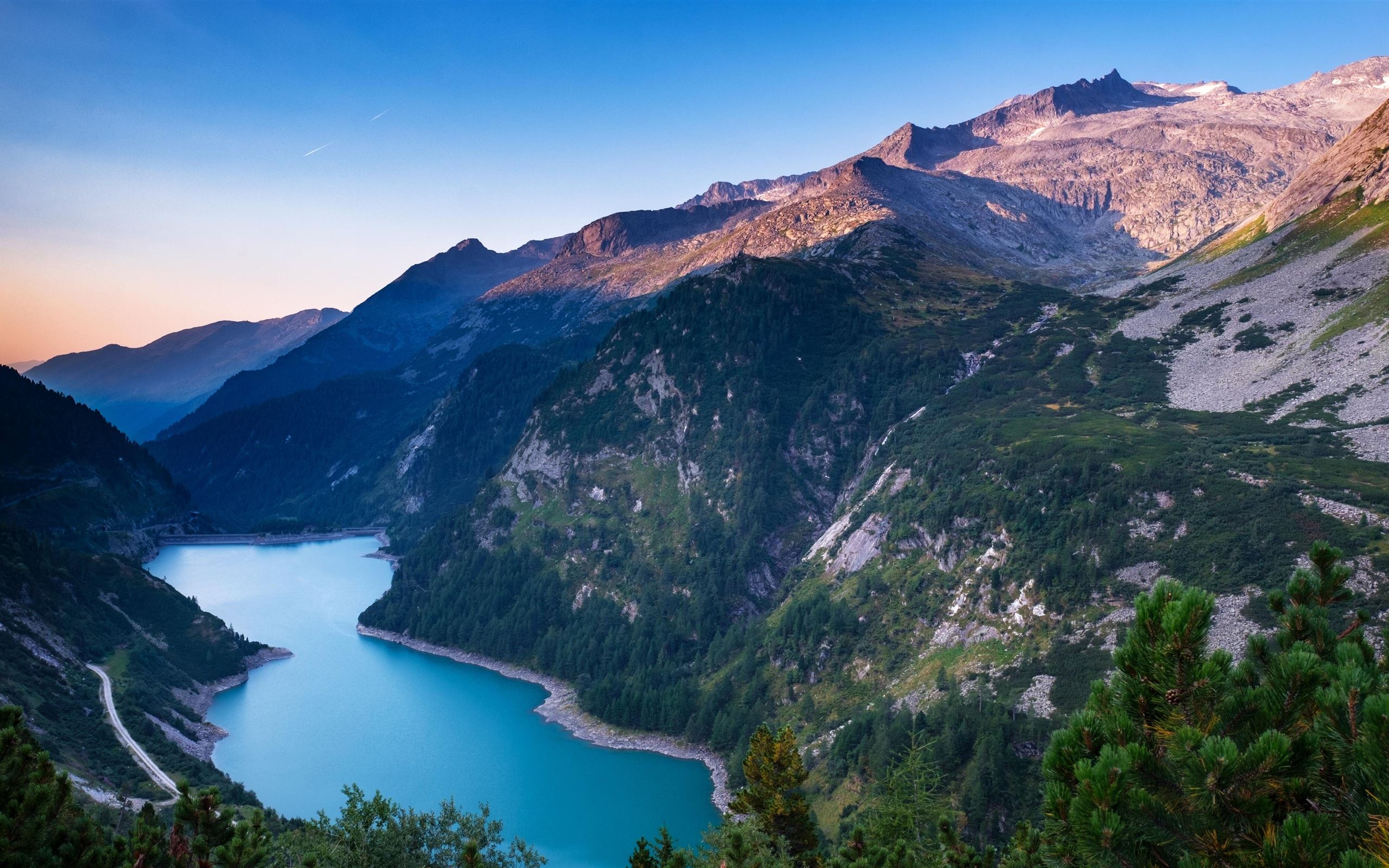

In the west, the area is Basque-speaking and on the eastern Mediterranean end, it's Catalan-speaking. The two ends of the range have very different cultural characteristics. The highest point is Aneto Peak at 11,169 feet (3,404 meters) in the Maladeta (translating to accursed) central Pyrenees massif, and there are many other peaks over 9,842 feet (3,000 meters). The mountain range is 270 miles (430 km) long with its widest point at 80 miles (129 km). The Pyrenees ( les Pyrénées), stretch from the Atlantic to the Mediterranean coasts in the south of France, marking the border between France and Spain, with the tiny country of Andorra nestled in the mountains. Several of France’s great rivers rise in the Auvergne: the Loire, which is France's longest river, the Allier, the Cher, and the Sioule. There is one main ski resort, Super Besse in the south, which connects to the resort of Mont-Dore and is frequented by cross-country skiers. It’s a place for hiking, cross-country skiing, bird watching, fishing, and cycling. But It’s quite glorious, with its rolling mountains, great rivers and valleys, and forests. The Auvergne is still relatively undiscovered by tourists. If you want to learn more about the region and volcanoes, visit Vulcania, an educational amusement park nearby. It runs from south of Clermont Ferrand almost to Aurillac in the west and just short of St-Flour in the east. The Auvergne Volcanoes National Park, established in 1977, is Europe's largest and oldest regional park. There are around 450 extinct volcanoes in the Massif. The highest peak is the Puy de Sancy at 6,184 feet (1,885 meters), one of the youngest volcanoes in the Chaîne des Puys. There are four main volcanic massifs: the Chaîne des Puys, the Monts Dore, the Monts du Cantal, and the Volcanic Velay, all of them different and spectacular in their own way. A massif is a section of the earth's crust that is marked by faults. When the crust moves, the massif will retain its structure and be moved as a whole. The term also refers to a group of mountains formed by a massif. It covers a huge area of central France, about 15 percent of the country. The volcanic Massif Central is geologically the oldest part of the country. It took hundreds of millions of years for the Alps to form as the African and Eurasian tectonic plates collided, pushing rocks and debris up into the rugged high mountain peaks you see today.Ĭovering around 750 miles (1,200 km) they range across eight countries from Austria and Slovenia in the east Switzerland, Liechtenstein, Germany, and France to the west and Italy and Monaco to the south. The Alps are one of the greatest mountain ranges in the world. But it’s also one of the most beautiful parts of France for summer activities such as hiking through the high pastures, climbing the mountains, and cycling a la Tour de France. It's popular with mountain climbers today who select one of two routes from Chamonix.īelow Mont Blanc in the Chamonix valley, you’ll find some of the best winter sports in the world. Mont Blanc was first climbed in August 1786 by Jacques Balmat and Michel-Gabriel Paccard.

At 15,774 feet (4,808 meters) it is also the highest mountain in western Europe. The French Alps lie in the east side of the country and border Switzerland and Italy.


 0 kommentar(er)
0 kommentar(er)
